Old Summer PalaceYuanmingyuan
Yuanmingyuan, also known as Yuanmingyuan, is a large-scale Imperial Palace in the Qing Dynasty. It is located in the northwestern suburbs of Beijing, adjacent to the Summer Palace, composed of Yuanmingyuan, Changchunyuan and Wanchunyuan, so it is also called Yuanmingyuan. In addition, there are many small gardens scattered around the East, West and south, surrounded by three stars.

The garden covers an area of 350 hectares, with a floor area of 200,000 square meters and more than 150 scenery. It is known as "the garden of ten thousand gardens". The emperor of the Qing Dynasty came here every midsummer to take a summer vacation and listen to the government and deal with military and political affairs. Therefore, it is also called the Summer Palace.
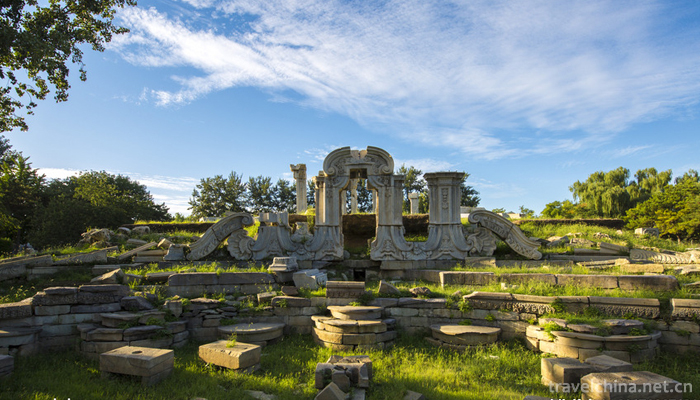
Old Summer Palace was founded in 1709 (forty-eight years in Kangxi). It was originally the garden of emperor Kangxi's four sons. After Yongzheng assumed the throne in 1722, he expanded the original grant garden, and built the Hall of Honesty and Brightness, the Hall of Diligence and many duty rooms in the Cabinet, the Six Departments and the Military Aircraft Department in the south of the garden, in order to avoid the noise and listen to the government in summer. During the reign of Emperor Qianlong, in addition to the partial reconstruction and reconstruction of the Yuanmingyuan Garden, Changchun Garden was built in the east, and Wanchunyuan was incorporated in the southeast. The pattern of Yuan Ming three garden is basically formed. In the Jiaqing Dynasty, the Yichun Garden (Wanchun Garden) was renovated and expanded, making it one of the main garden residences. During the reign of Emperor Daoguang, the state affairs were declining and the financial resources were insufficient. Nevertheless, the renovation and decoration of the Yuanming Three Gardens were not abandoned, even though the furnishings of Longevity, Xiangshan and Yuquan "Three Mountains" were withdrawn, the hot river was sheltered from summer and the Magnolia was hunted. On October 6, 1860, the British and French allied forces looted the Yuanmingyuan, looted cultural relics, burned them, and tried to repair them when the Emperor Tongzhi was in power. Afterwards, due to financial difficulties, they were forced to stop and rebuild other buildings. After the Eight Allied forces, they were attacked by bandits and eventually turned into ruins.
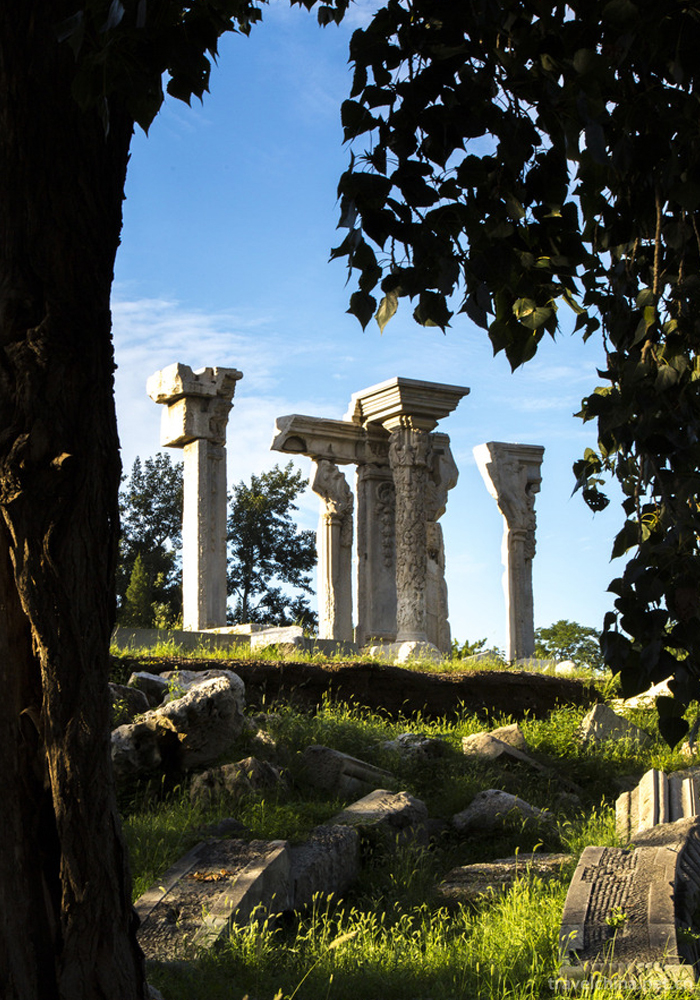
Yuanmingyuan, founded and managed by the Qing Dynasty for more than 150 years, was renowned for its grand regional scale, outstanding construction skills, exquisite architectural scenery, rich cultural collection and broad and profound national cultural connotations. It was praised as "the model of all gardening arts" by French writer Victor Hugo. Ideal and artistic paradigm.
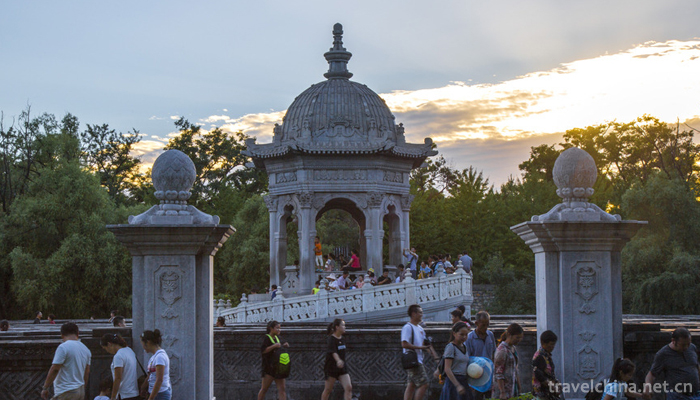
In the mid-17th century, the Manchus seized the Central Plains and established the Qing Dynasty. Because the rulers of the Qing Dynasty lived a nomadic life in the Northeast before entering the customs, the climate was cool. After entering the customs, they were not adapted to the hot and dry climate of Beijing in midsummer. Especially in the early years of Kangxi, after a fire broke out in the Forbidden City, high palace walls were built to prevent fire. The palace courtyard set together, together with the gentle flow of rivers and gullies, almost became stagnant water, which made the emperors tired of the high-walled Palace life. Therefore, from the early years of Kangxi, they began to build gardens, which lasted for more than 200 years.
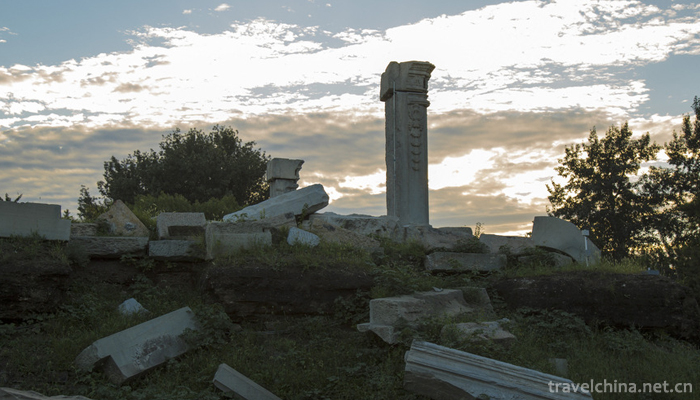
In the western suburbs of Beijing, there are endless Xishan Xiufeng: Yuquan Mountain, Longevity Hill, Wanquanzhuang, Beihai and other topographic features, free-flowing springs are everywhere, in the low-lying areas into large and small lake pools. Yuquan's landscape flows from west to East and into the Kunming lake, becoming the largest surface in the western suburbs. A large number of paddy fields have been reclaimed and natural scenic spots have been formed. As early as the Liao Dynasty, the emperor built the Yuquan Mountain Palace here, to the Ming Dynasty, the natural scenery here attracted more visitors, so some of the elite officials occupied the countryside to build villas, a large piece of land was occupied. During the Wanli period, Li Wei, the emperor's Prince and Marquis of the Qing Dynasty, built a magnificent Tsinghua Garden (formerly outside the west wall of Peking University), known as the "First Garden of the Kingdom". Later Mi Wanzhong guided the lake outside the east wall of the Tsinghua Garden, pioneering the elegant and beautiful "spoon garden" to take the meaning of "a spoon of Haidian". In the open countryside, pavilions and pavilions appeared to blend with the scenery of lakes and mountains, becoming a famous garden gathering place in the suburbs of Beijing. In the Qing Dynasty, the emperor also saw the excellent garden in the western suburbs. The gardens began to be built on a large scale.
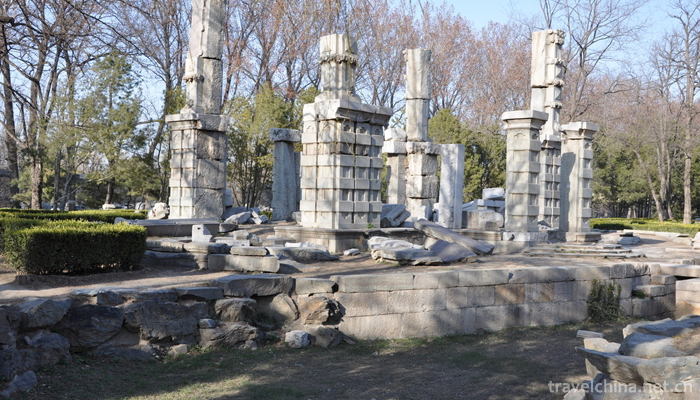
The location of Old Summer Palace is located in the north of gujia village, about a hundred times from Changchun Garden.
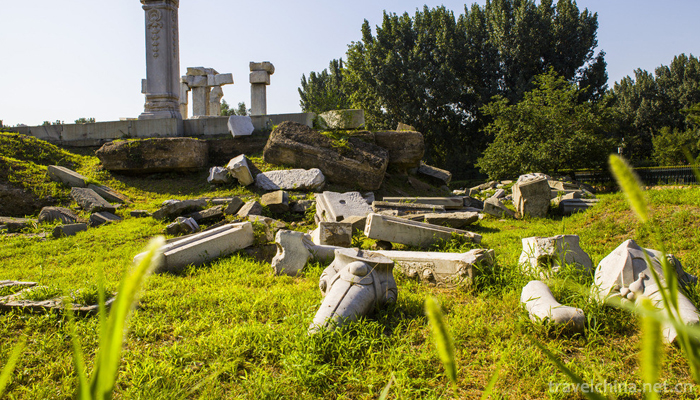
North of Beijing University, west of Tsinghua University. During the reign of Kangxi, the Yuanmingyuan Garden contained the front lake and the back lake, with the built-in gardens of "peony terrace" and "natural pictures". At that time, the Yuanmingyuan Garden was still a vassal garden, and its scale could not exceed the Emperor's Changchun Garden. But later, with the ascent of the master, the arrival of the Qing Dynasty, in its many years of expansion, has finally become the most magnificent imperial garden in China's history.
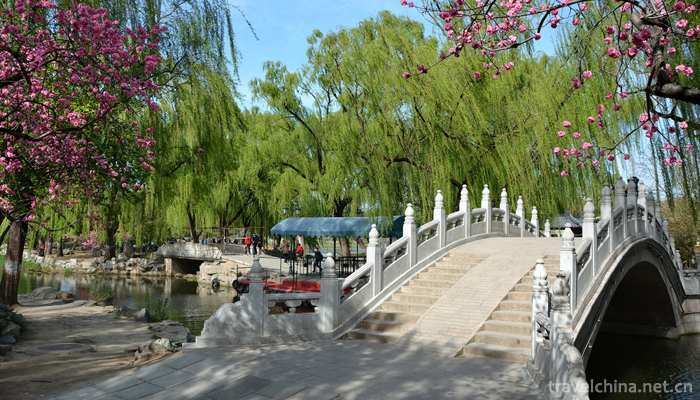
The chief designer of Yuanmingyuan is Lei Jinyu. He was favored by Kangxi when he built the Forbidden City, but in the actual construction, he was mostly guided by the emperor, whether Kangxi, Yongzheng or Qianlong. And created the "hot" model method. But it was destroyed in the year of Xianfeng.

More pic
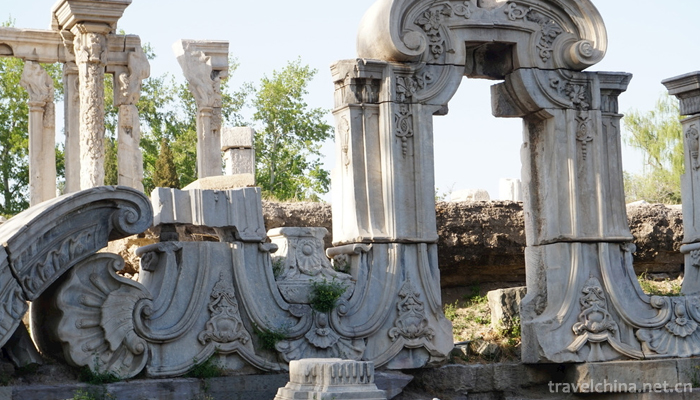

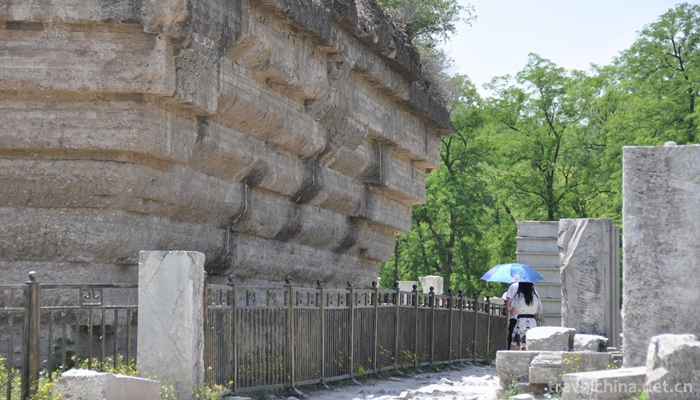
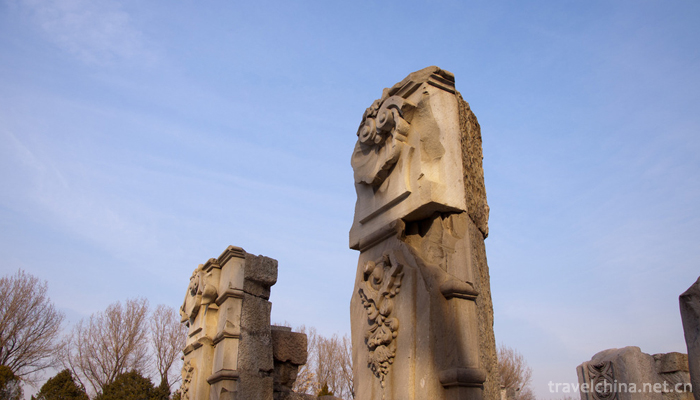
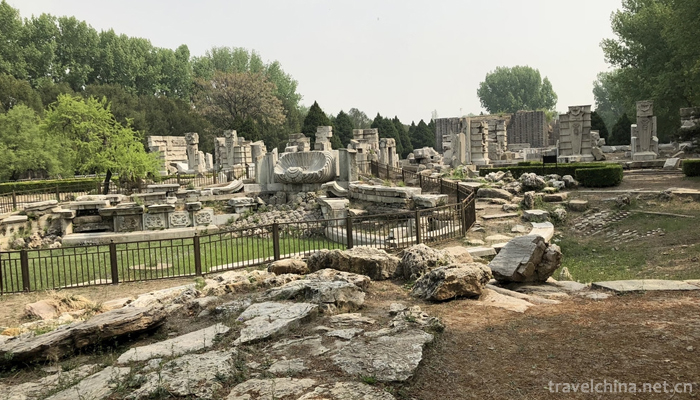
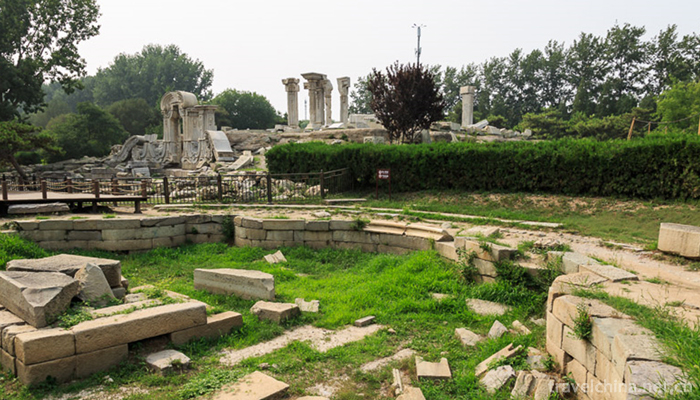
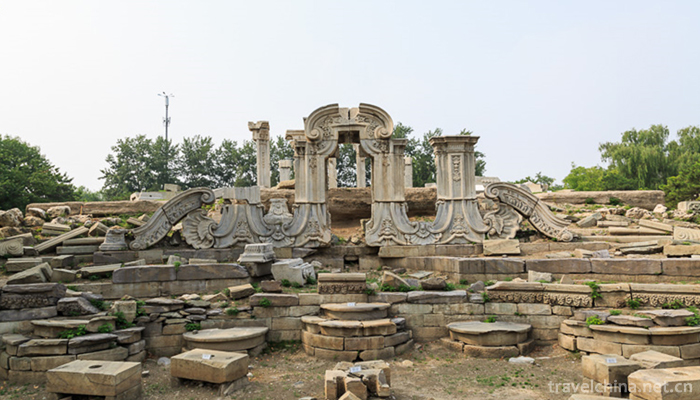
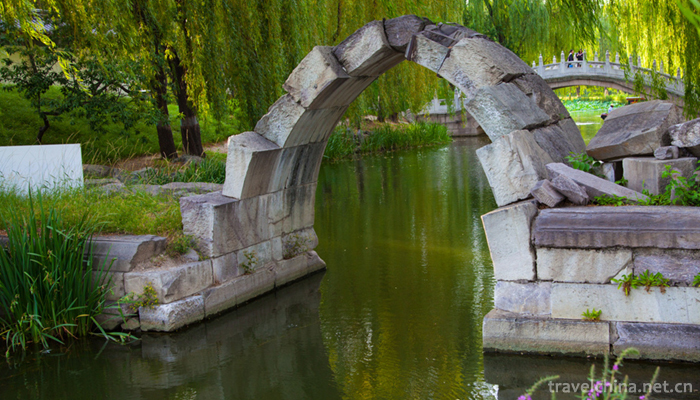
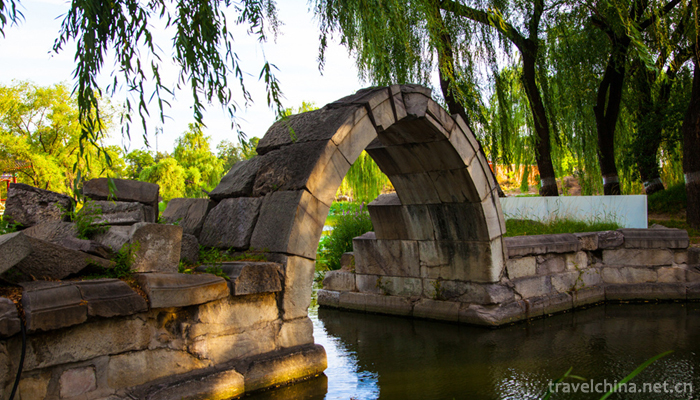

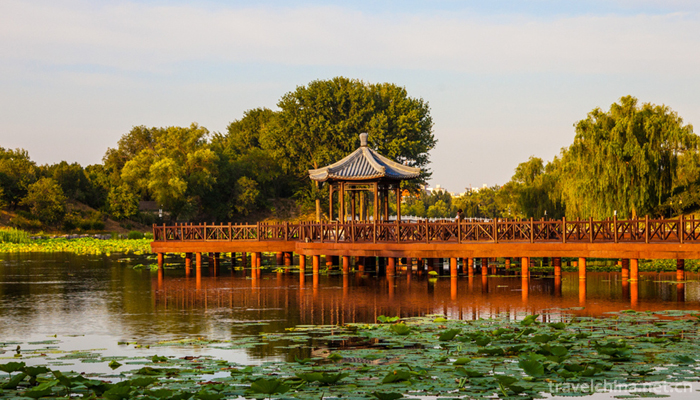
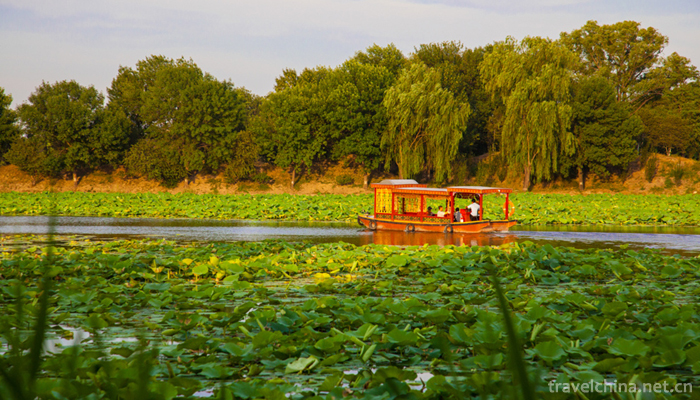

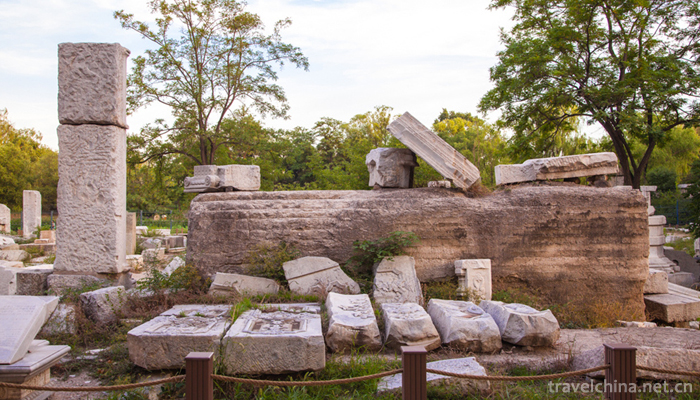
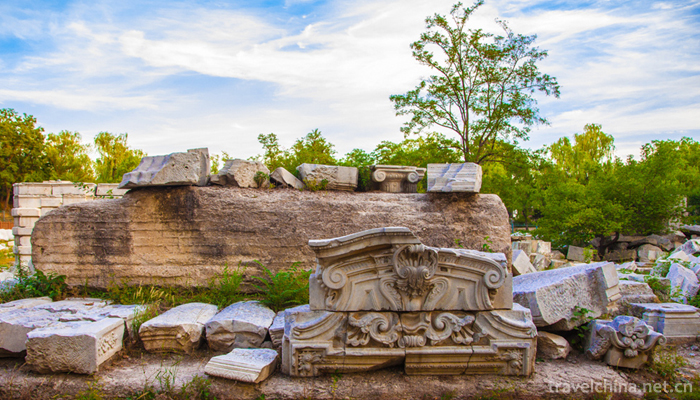
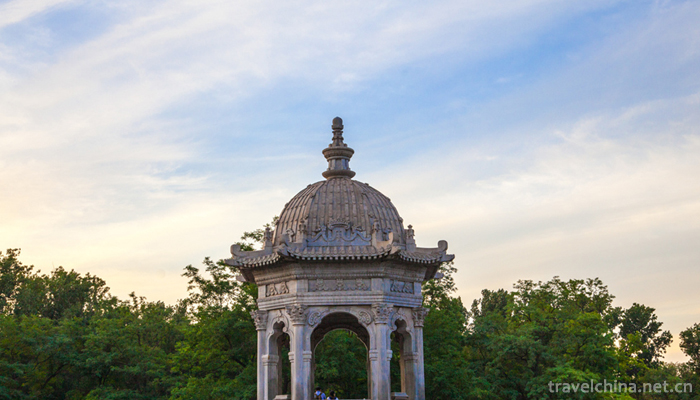
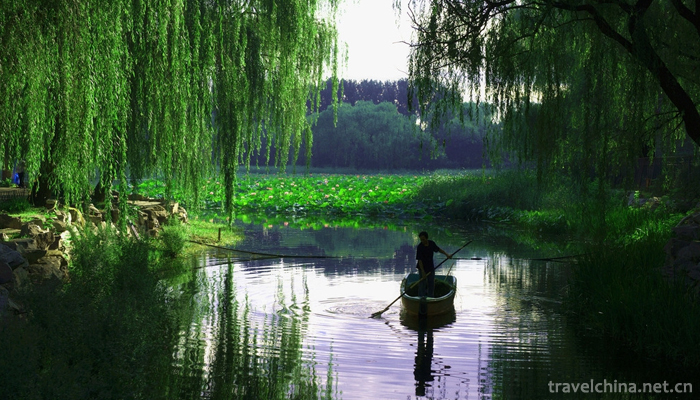
Address:No. 28 Qinghua West Road, Haidian District, Beijing, China
Tel:+86-010-62628501
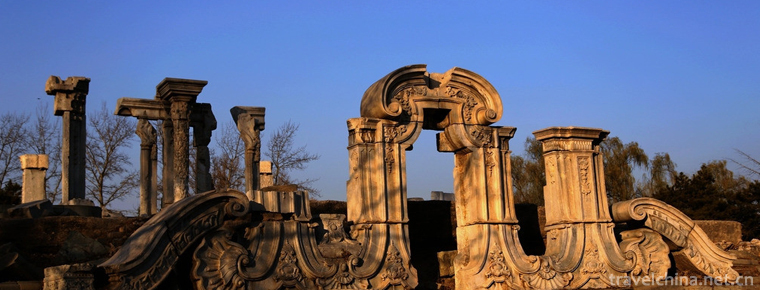
-
1.Royal Prime Ministers Palace
Huangcheng Xiangfu (National AAAAA Scenic Area) is located in Beiliu Town, Yangcheng County, Jincheng City, Shanxi Province.
Time 2018-11-24 -
2.Wuxi film and television base
The Wuxi Film and Television Base of CCTV was originally built by CCTV to shoot "Tang Ming Huang", "Romance of the Three Kingdoms" and "Water Margin"
Time 2018-12-06 -
3.Jinshanling the Great WallTime 2018-12-10
-
4.Huanglong Scenic Area
Huanglong Scenic Spot, World Natural Heritage, World Human and Biosphere Reserve, Green Globe 21 Certificate, National AAAAA Tourist Spot, National Key Scenic Spot.
Time 2018-12-12 -
5.Mianzhu New Year Picture Village Scenic Area in China
New Year Picture Village is located in Xiaode Town, South Gate of Mianzhu City, Sichuan Province. It is located between De'a Highway and Chengqing Highway, 73 kilometers away from Chengdu and within o
Time 2018-12-22 -
6.Gui Yuan Temple
Guiyuan Chan Temple is located in Guiyuan Temple Road, Hanyang District, Wuhan City, Hubei Province. It was built by Master Baiguang in the fifteenth year of Shunzhi Qing Dynasty (1658 A.D.). Covering
Time 2019-01-13 -
7.Kuqa Wangfu Scenic Area
Located in Kuqa County, Xinjiang, the "Kuqa Wangfu" was built by Emperor Qianlong of Qing Dynasty in 1759 by dispatching Han craftsmen from the mainland in order to commend the local Uygur l
Time 2019-01-29 -
8.hot spring leisure city
Wendu Shuicheng, Hongfu Wendu Shuicheng, is located 20 kilometers north of the Forbidden City of Beijing. It pillows Wenyu River, the Mother River of Beijing
Time 2019-02-22 -
9.Zhushan National Forest Park
Zhushan National Forest Park is located in Liuhua Po Street Office in the west of Qingdao Development Zone. It is a national forest park approved by the State Forestry Administration in December 2000
Time 2019-03-21 -
10.Batik art
Miao batik technology, the traditional handicraft of Danzhai County, Guizhou Province, is one of the national intangible cultural heritage.
Time 2019-05-10 -
11.Yangjiabu woodcut New Year paintings
Yangjiabu wood engraving New Year's picture is a traditional folk engraving which is spread in Weifang City, Shandong Province. Its production method is simple, exquisite craft, bright color, rich con
Time 2019-07-11 -
12.Dazhous first industry
In 2019, the annual grain planting area of Dazhou city is 556900 hectares, an increase of 0.3% over the previous year. Among them, rice was 191500 ha, an increase of 0.2%; maize was 137500 ha, an increase of 0.9%; potato was 162000 ha, a decreas
Time 2020-12-20